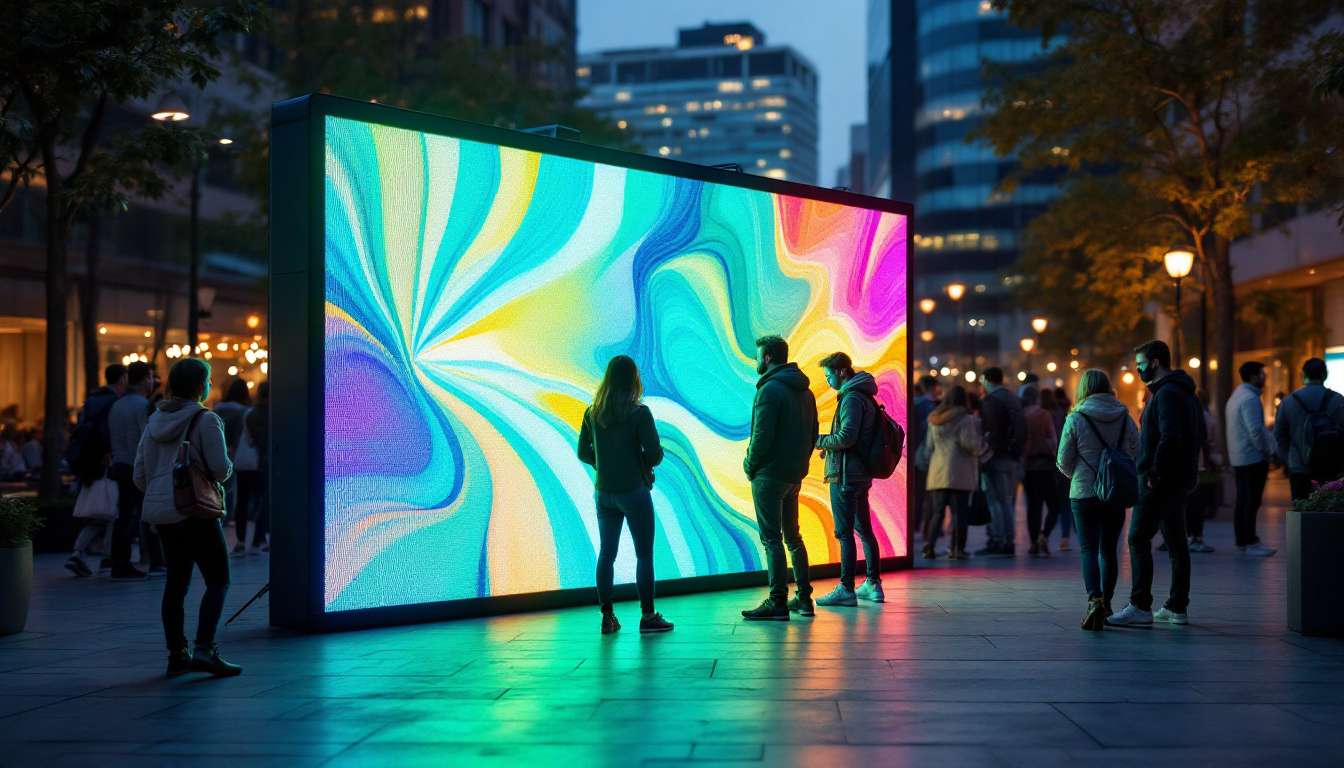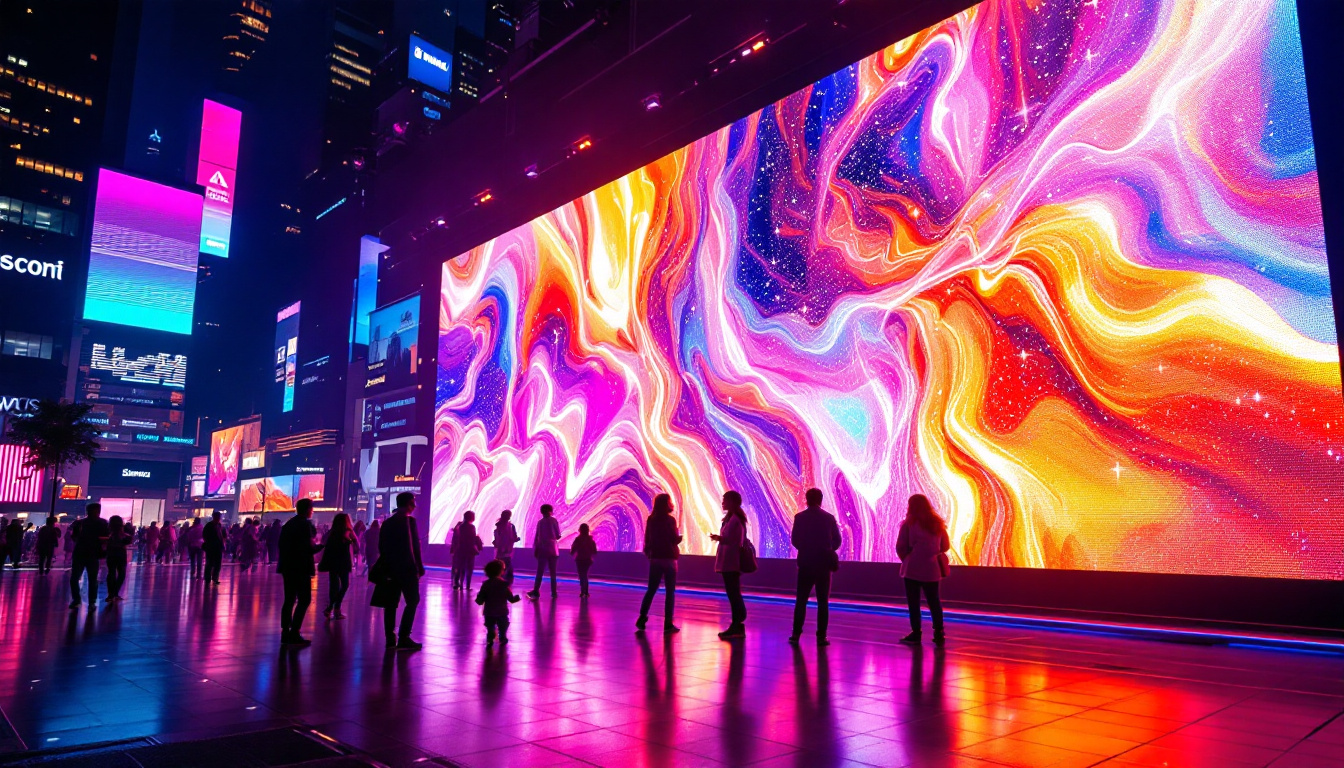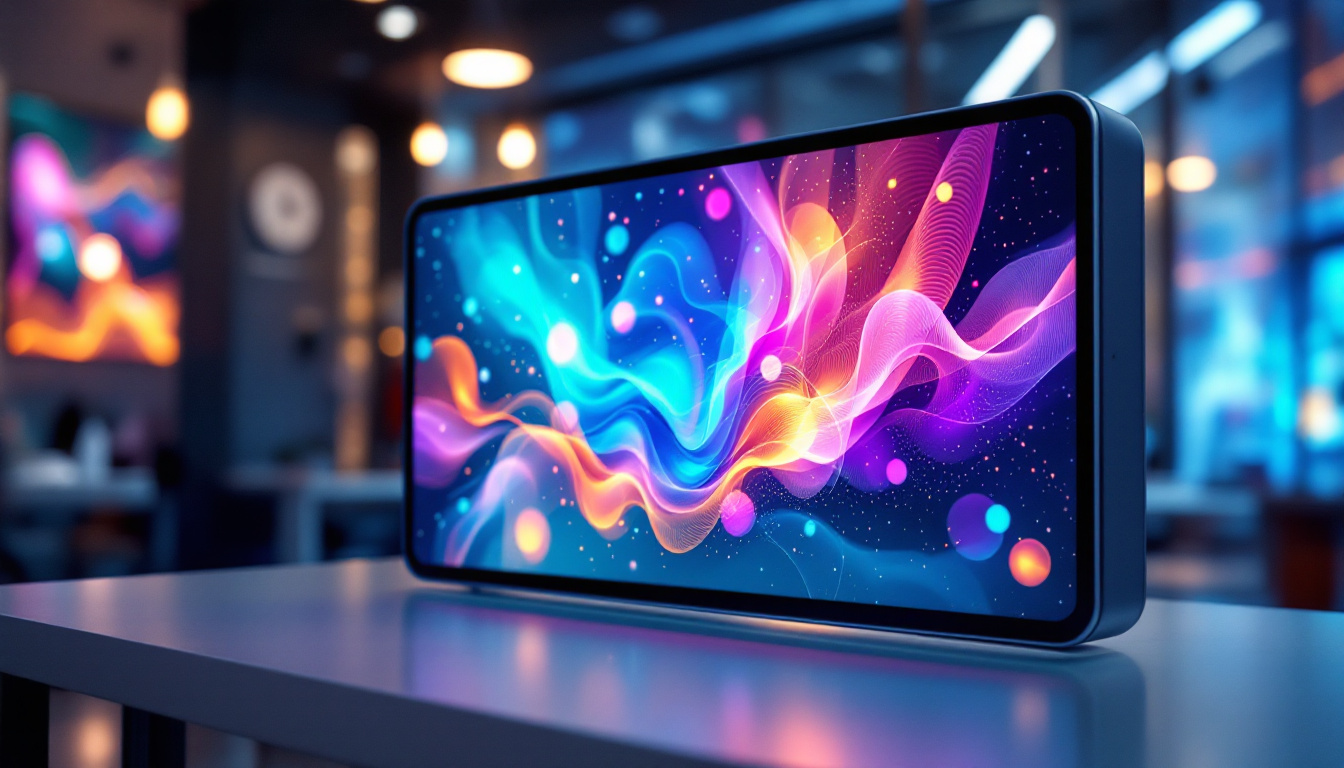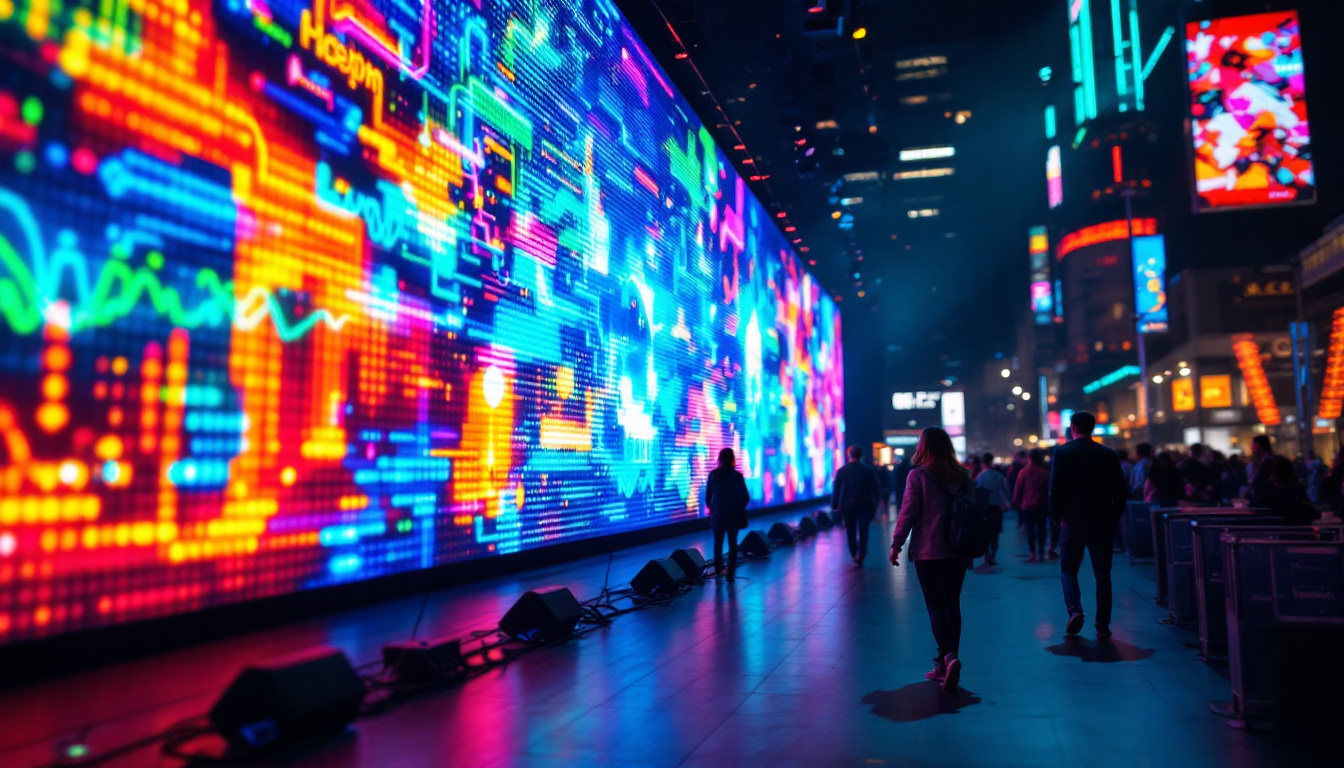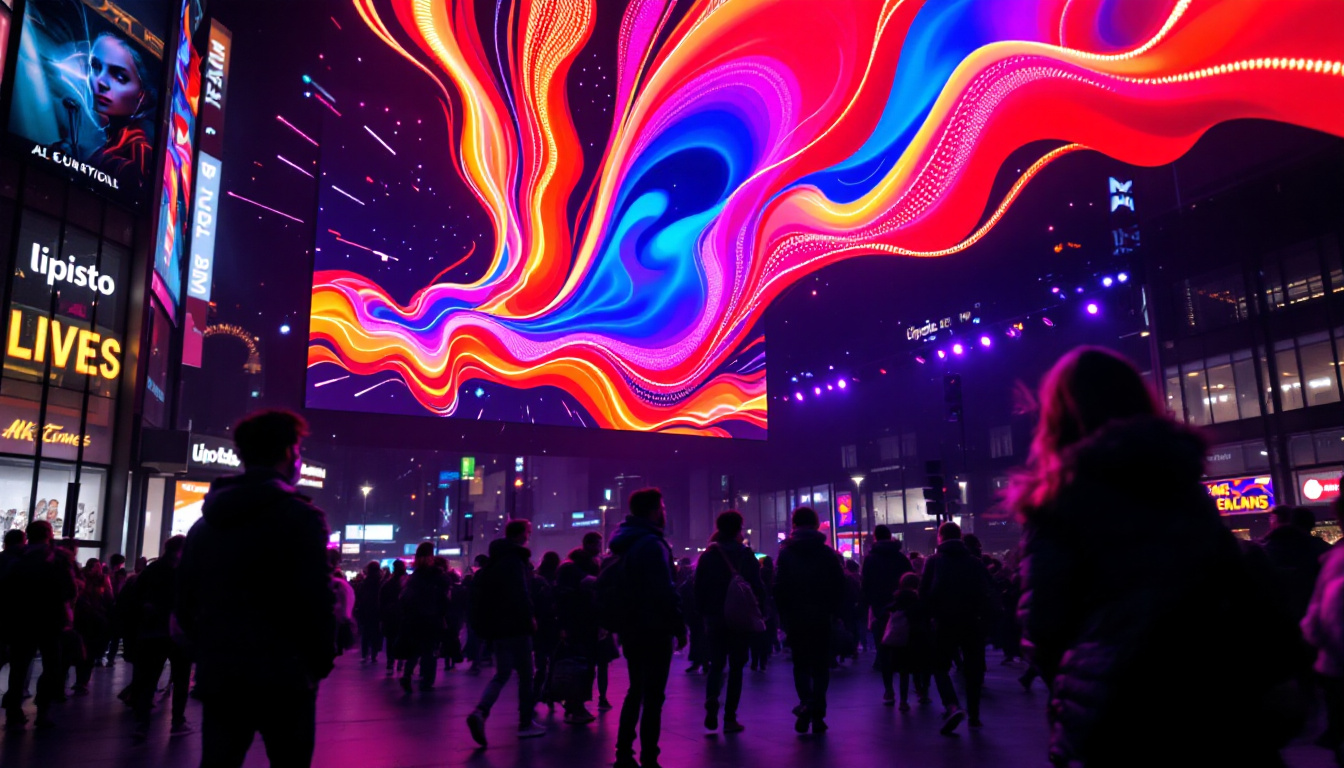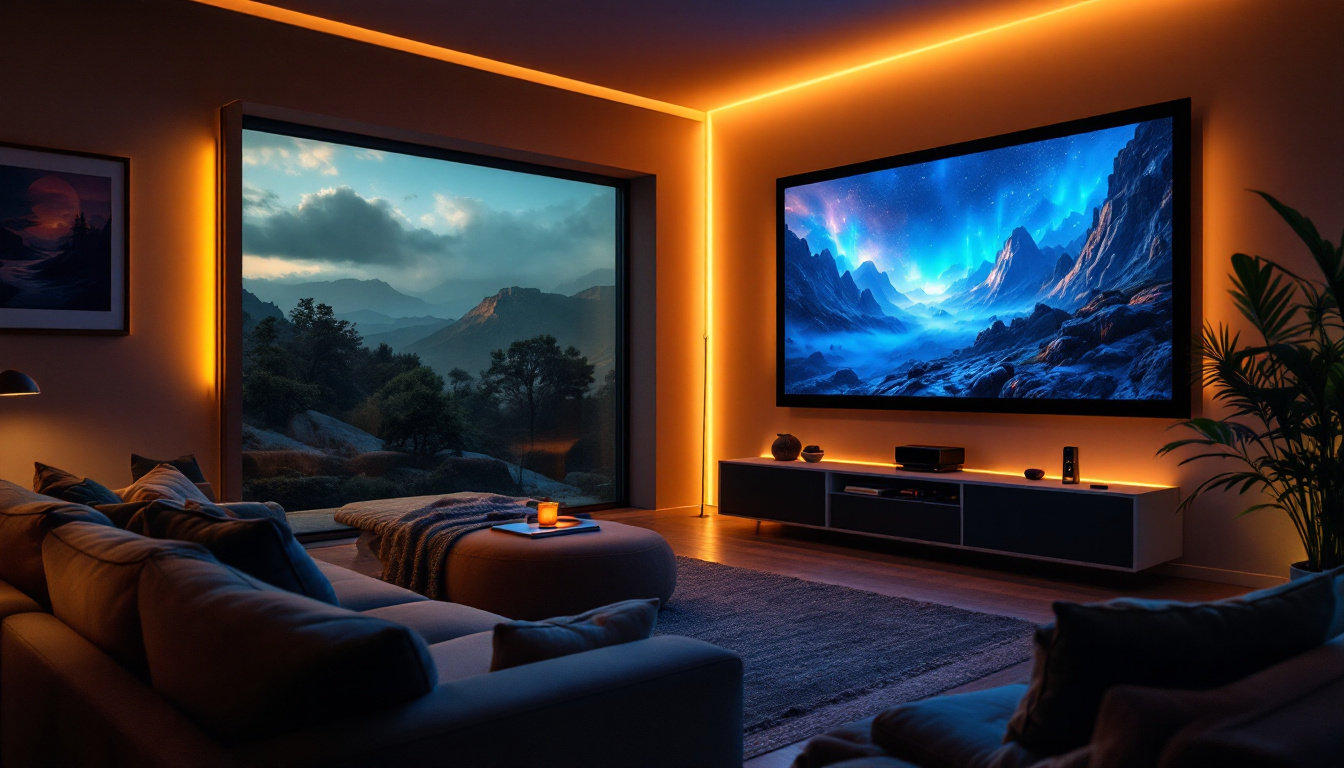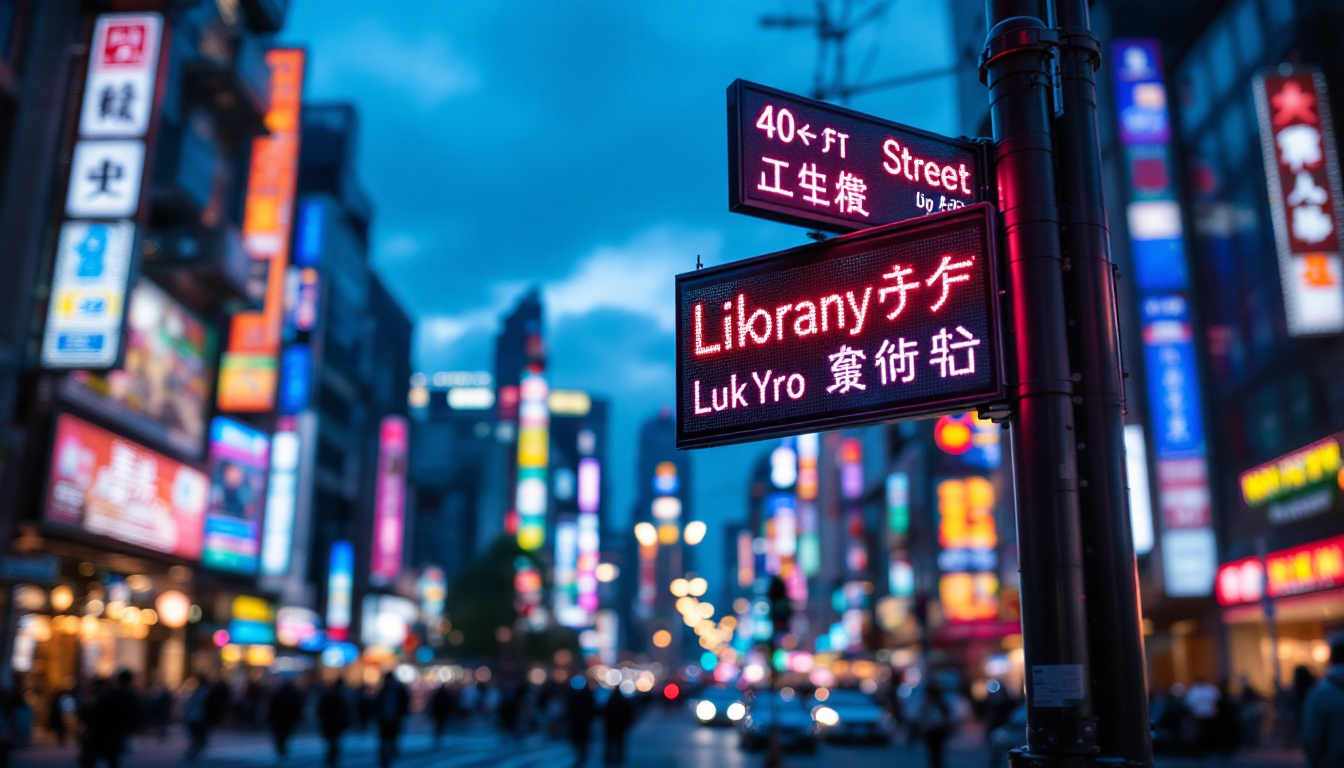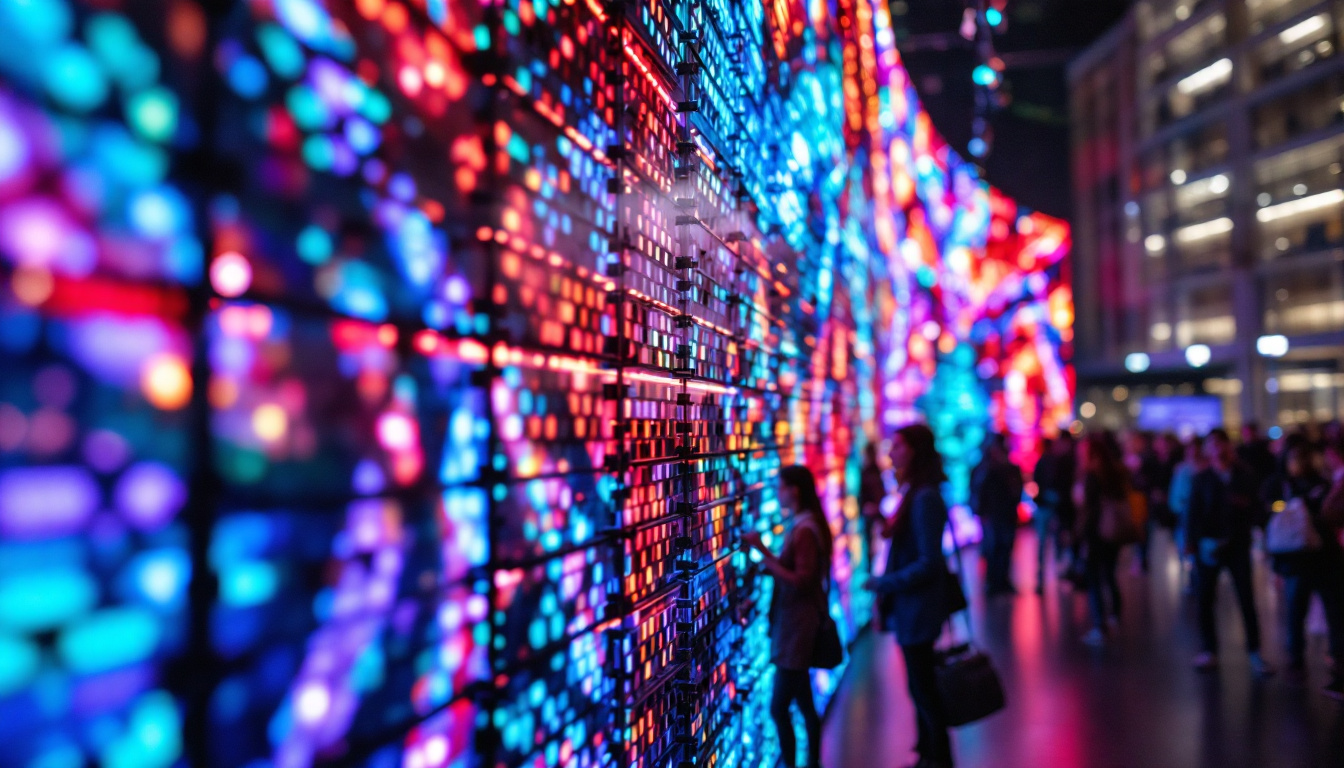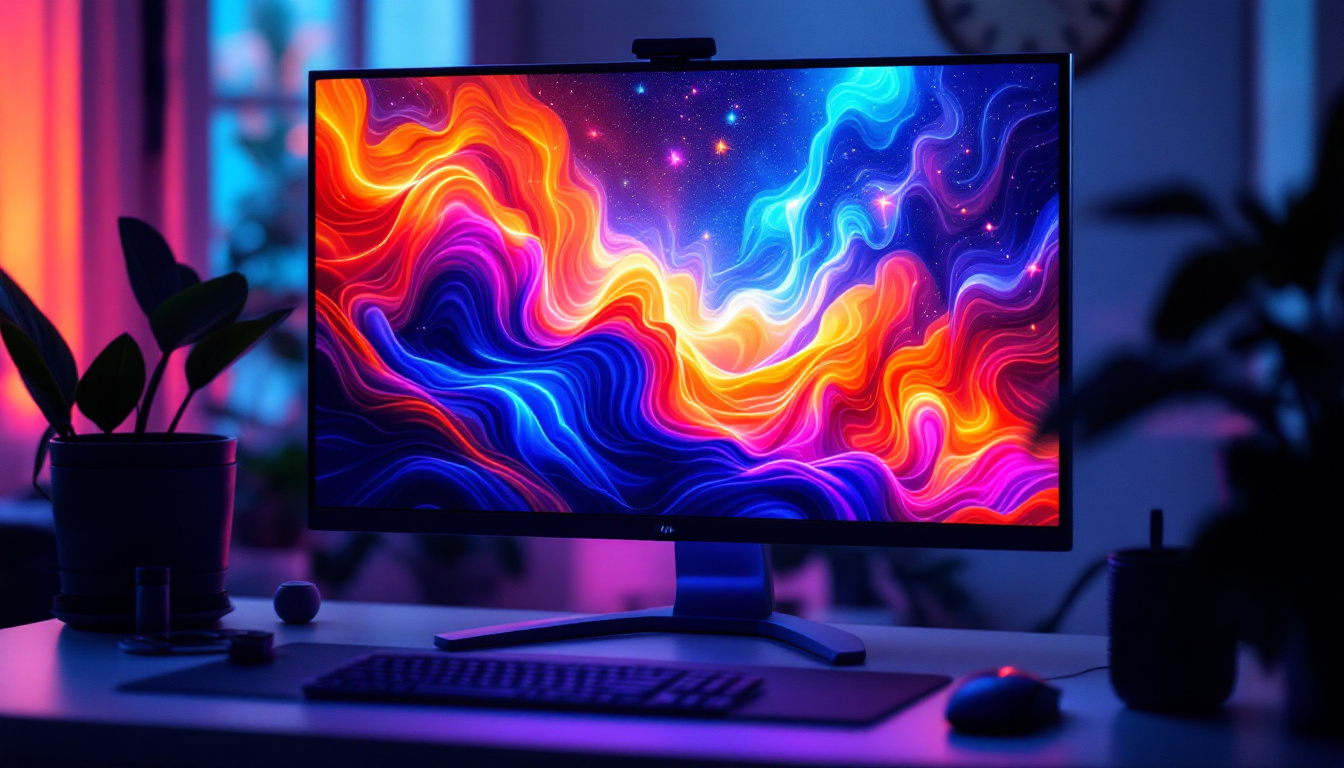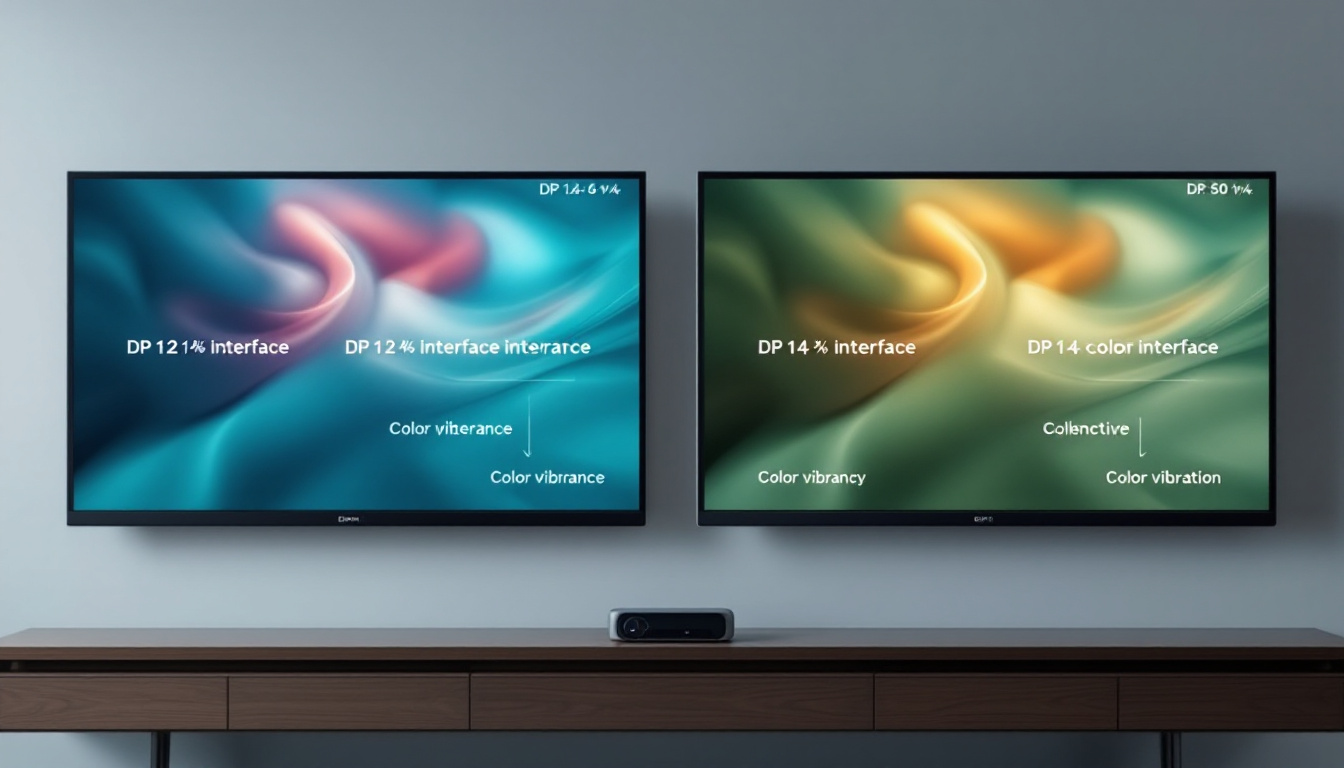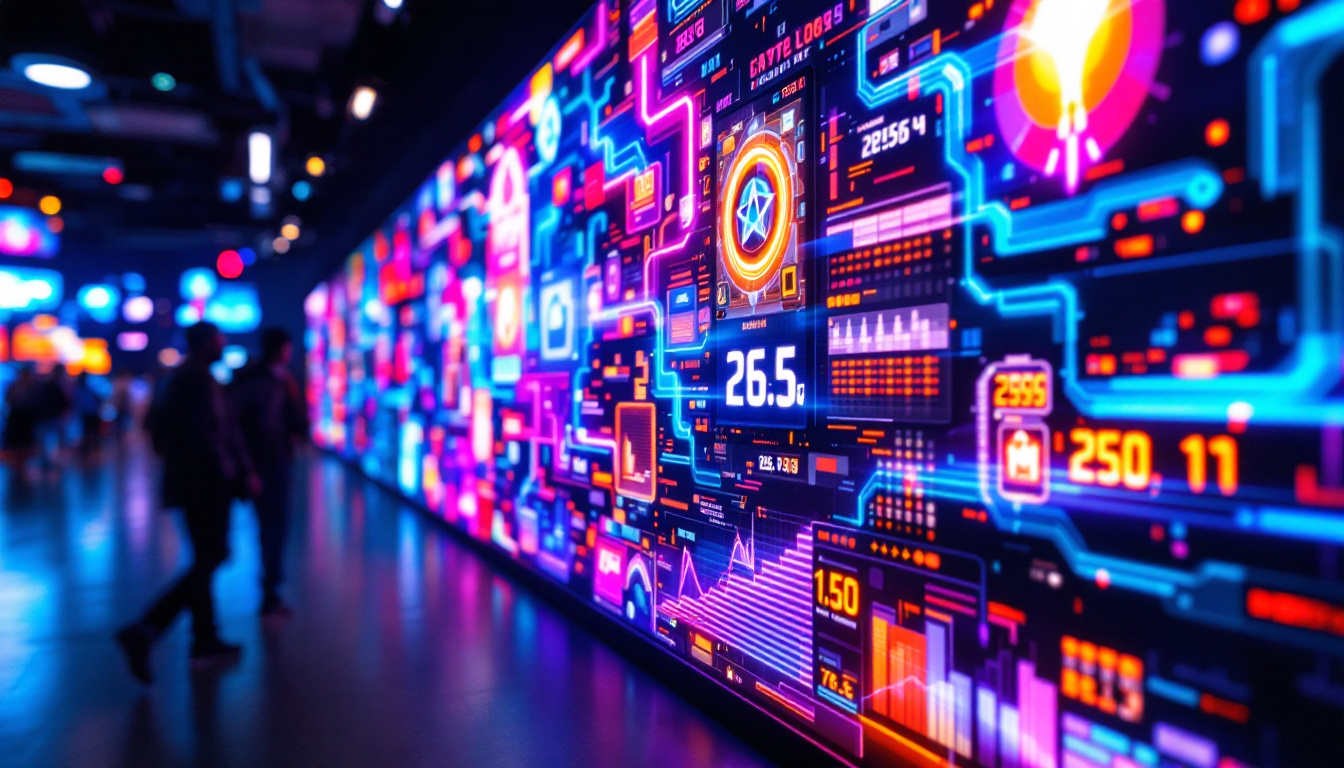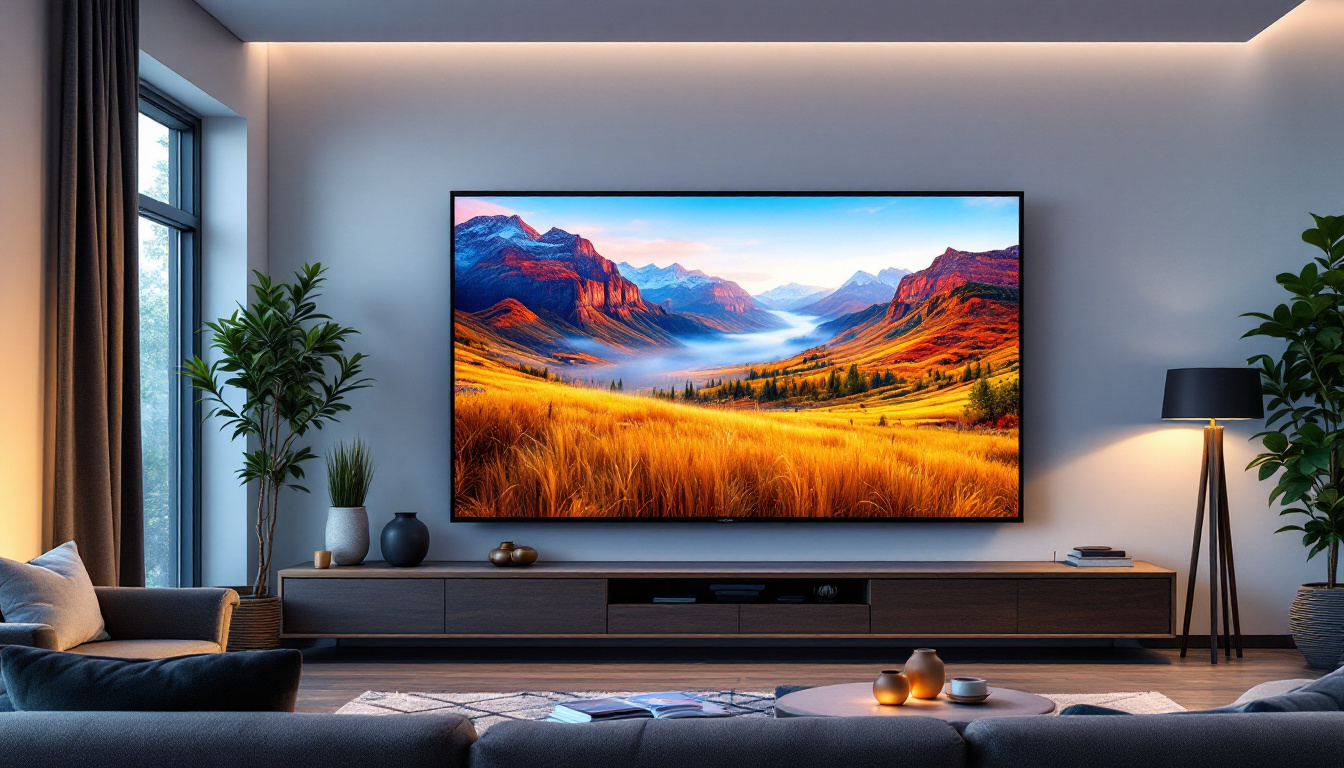In an era where sustainability and energy efficiency are paramount, the recycling of electronic components has become a critical focus. Among these components, LED displays stand out due to their widespread use and complex material composition. This article delves into the world of LED displays, exploring their technology, environmental impact, and the importance of green light recycling practices to ensure a sustainable future.
Understanding LED Display Technology
What is an LED Display?
LED, or Light Emitting Diode, displays are a form of flat panel display technology that uses an array of light-emitting diodes as pixels to produce images. Unlike traditional LCD or plasma screens, LED displays offer superior brightness, contrast, and energy efficiency. They are commonly found in everything from smartphones and televisions to large-scale billboards and stadium screens.
The core advantage of LED technology lies in its ability to produce vibrant colors with minimal power consumption. This efficiency is achieved because LEDs emit light directly, eliminating the need for backlighting used in LCDs. As a result, LED displays consume less electricity and have a longer lifespan, making them a preferred choice for both consumers and commercial applications. Furthermore, the rapid response time of LEDs allows for smoother motion rendering, which is particularly beneficial for fast-paced video content, enhancing the viewing experience significantly.
Types of LED Displays
LED displays come in various forms, each suited to different applications:
- Direct View LED Displays: These are composed of individual LEDs arranged in a matrix, commonly used in outdoor billboards and large screens. They provide excellent visibility even in bright daylight, making them ideal for advertising and public information displays in urban environments.
- LED-backlit LCDs: These use LEDs as a backlight source behind an LCD panel, enhancing brightness and color accuracy in devices like laptops and televisions. This hybrid approach combines the advantages of both technologies, enabling thinner designs without compromising on picture quality.
- MicroLED Displays: An emerging technology featuring microscopic LEDs that offer higher resolution and better energy efficiency, promising to revolutionize display technology in the near future. MicroLEDs have the potential to deliver unparalleled image quality with deeper blacks and a wider color gamut, making them a strong contender for next-generation televisions and wearable devices.
In addition to these types, there are also specialized LED displays, such as flexible LED screens that can be bent and shaped to fit unique installations, and transparent LED displays that allow for creative advertising solutions without obstructing views. These innovations are pushing the boundaries of how LED technology can be utilized, opening up new possibilities for artistic expression and functional design in both commercial and residential spaces. As the technology continues to evolve, we can expect even more exciting advancements that will enhance our interaction with digital content.
The Environmental Impact of LED Displays
Energy Consumption and Carbon Footprint
One of the primary environmental benefits of LED displays is their reduced energy consumption compared to older technologies. According to the U.S. Department of Energy, LED lighting consumes up to 75% less energy than incandescent lighting, and while this statistic primarily refers to lighting, the energy efficiency principles extend to LED displays as well.
However, despite their efficiency during use, the manufacturing and disposal phases of LED displays carry environmental challenges. The production process involves rare earth elements and heavy metals such as gallium, indium, and lead. Mining and processing these materials contribute to environmental degradation and carbon emissions. Furthermore, the energy-intensive nature of the manufacturing process can offset some of the benefits gained from their lower operational energy consumption, raising questions about the overall sustainability of LED technology.
Moreover, as the demand for LED displays continues to surge, driven by their adoption in various sectors such as advertising, entertainment, and consumer electronics, the pressure on natural resources intensifies. This growing demand necessitates a critical examination of sustainable sourcing practices for the materials involved in LED production, as well as innovation in recycling technologies that can mitigate the environmental impact associated with their lifecycle.
Electronic Waste and Toxicity Concerns
Electronic waste (e-waste) is one of the fastest-growing waste streams globally, with the Global E-waste Monitor 2023 reporting a record 57.4 million metric tons generated in 2022 alone. LED displays, due to their complex composition, contribute significantly to this figure.
Improper disposal of LED displays can lead to the release of hazardous substances into the environment. For example, lead and mercury used in some older LED backlights can contaminate soil and water, posing risks to human health and ecosystems. This underscores the importance of responsible recycling and disposal methods. Additionally, the presence of plastics in LED displays contributes to the growing issue of microplastics in the environment, as these materials can break down into smaller particles that infiltrate ecosystems and food chains.
To combat these challenges, many organizations and governments are advocating for stricter regulations on e-waste management and promoting awareness about the importance of recycling electronic devices. Programs aimed at educating consumers about proper disposal methods, as well as initiatives to develop more sustainable materials for LED displays, are crucial steps toward minimizing the environmental footprint of this technology. The integration of circular economy principles, where materials are reused and repurposed, could also play a pivotal role in addressing the e-waste crisis associated with LED displays.
Green Light Recycling: The Path to Sustainable LED Display Management
What is Green Light Recycling?
Green light recycling refers to environmentally responsible processes designed to recover valuable materials from LED displays while minimizing ecological harm. This approach emphasizes reducing landfill waste, recovering rare and precious metals, and ensuring toxic components are safely handled.
By adopting green recycling practices, manufacturers and consumers alike can contribute to a circular economy where materials are reused, reducing the need for virgin resource extraction and lowering overall environmental impact.
Key Processes in LED Display Recycling
Recycling LED displays involves several critical steps:
- Collection and Sorting: Devices containing LED displays are collected from consumers, businesses, and waste facilities. Sorting ensures that displays are separated from other electronic components for specialized processing.
- Dismantling: Manual or automated dismantling removes the LED panels from the device chassis, separating circuit boards, glass, plastics, and metals.
- Material Recovery: Advanced techniques such as hydrometallurgical and pyrometallurgical processes extract valuable metals like indium, gallium, and silver. Plastics and glass are also recovered for reuse or safe disposal.
- Safe Disposal of Hazardous Waste: Any toxic residues or non-recyclable materials are treated and disposed of following environmental regulations to prevent contamination.
Innovations Driving Green Recycling
Recent advancements have improved the efficiency and environmental friendliness of LED display recycling. For instance, researchers have developed chemical-free separation methods that reduce hazardous waste generation. Additionally, robotic dismantling systems enhance precision and reduce labor costs, making recycling more economically viable.
Companies are also exploring the design of LED displays with recyclability in mind, using modular components and fewer hazardous substances to simplify end-of-life processing.
Why Green Light Recycling Matters for Businesses and Consumers
Corporate Responsibility and Regulatory Compliance
For businesses, especially those in electronics manufacturing and retail, green light recycling is not just an environmental imperative but also a regulatory requirement. Many countries have enacted strict e-waste management laws, such as the European Union’s Waste Electrical and Electronic Equipment (WEEE) Directive, which mandates proper collection and recycling of electronic products.
Adopting green recycling practices helps companies avoid legal penalties, enhance brand reputation, and meet growing consumer demand for sustainable products. It also aligns with corporate social responsibility (CSR) goals, demonstrating commitment to environmental stewardship.
Consumer Benefits and Environmental Impact
Consumers play a crucial role by choosing products with LED displays that are designed for recyclability and by participating in take-back or recycling programs. Proper recycling reduces the environmental footprint of electronic devices and conserves natural resources.
Moreover, as LED technology continues to evolve, recycling programs can help recover materials for next-generation displays, fostering innovation while minimizing waste.
Practical Tips for Responsible LED Display Disposal
How to Recycle Your LED Devices
To ensure your LED display devices are recycled responsibly, consider the following steps:
- Use Certified Recycling Centers: Look for e-waste recyclers certified by organizations such as R2 (Responsible Recycling) or e-Stewards, which adhere to strict environmental and social standards.
- Participate in Manufacturer Take-Back Programs: Many electronics manufacturers offer recycling programs where you can return old devices for proper disposal.
- Avoid Disposing in Regular Trash: Never throw LED displays or electronic devices in household garbage to prevent toxic substances from entering landfills.
- Donate or Resell: If the device is still functional, consider donating or selling it to extend its life and delay disposal.
Choosing Sustainable LED Display Products
When purchasing new LED display devices, prioritize products that:
- Use energy-efficient LED technology certified by ENERGY STAR or similar programs.
- Are designed with modular components to facilitate repair and recycling.
- Have transparent environmental policies and participate in take-back initiatives.
The Future of LED Display Recycling and Sustainability
Emerging Trends and Technologies
Looking ahead, the LED display industry is poised to benefit from innovations that further reduce environmental impact. MicroLED technology, for example, promises even greater energy efficiency and longer lifespans, which could reduce waste generation.
On the recycling front, advancements in artificial intelligence and machine learning are being integrated into sorting and dismantling processes, improving material recovery rates and reducing contamination.
Global Collaboration for a Circular Economy
Addressing the challenges of LED display recycling requires coordinated efforts across governments, industries, and consumers worldwide. International agreements and standards aim to harmonize e-waste management practices, promote sustainable design, and foster a circular economy where materials are continuously reused.
Investment in infrastructure, public awareness campaigns, and research funding will be critical to advancing green light recycling and ensuring that LED display technology contributes positively to environmental goals.
Conclusion
LED displays represent a significant technological advancement with substantial benefits in energy efficiency and visual performance. However, their environmental impact, particularly at the end of their lifecycle, cannot be overlooked. Green light recycling offers a sustainable path forward, enabling the recovery of valuable materials and minimizing ecological harm.
By understanding LED technology, recognizing the importance of responsible disposal, and supporting innovative recycling practices, businesses and consumers can contribute to a greener future. As LED displays continue to evolve, embracing sustainability at every stage—from design to recycling—will be essential in balancing technological progress with environmental stewardship.
Discover Sustainable LED Solutions with LumenMatrix
As we embrace the future of LED technology with a commitment to environmental responsibility, LumenMatrix stands at the forefront of sustainable innovation. Our extensive range of LED display modules, from Indoor and Outdoor LED Walls to Custom and Transparent Displays, is designed to not only captivate your audience but also support green initiatives. We invite you to explore how LumenMatrix is pioneering eco-friendly visual communication that aligns with your values. Check out LumenMatrix LED Display Solutions today and take a step towards a brighter, more sustainable future.



